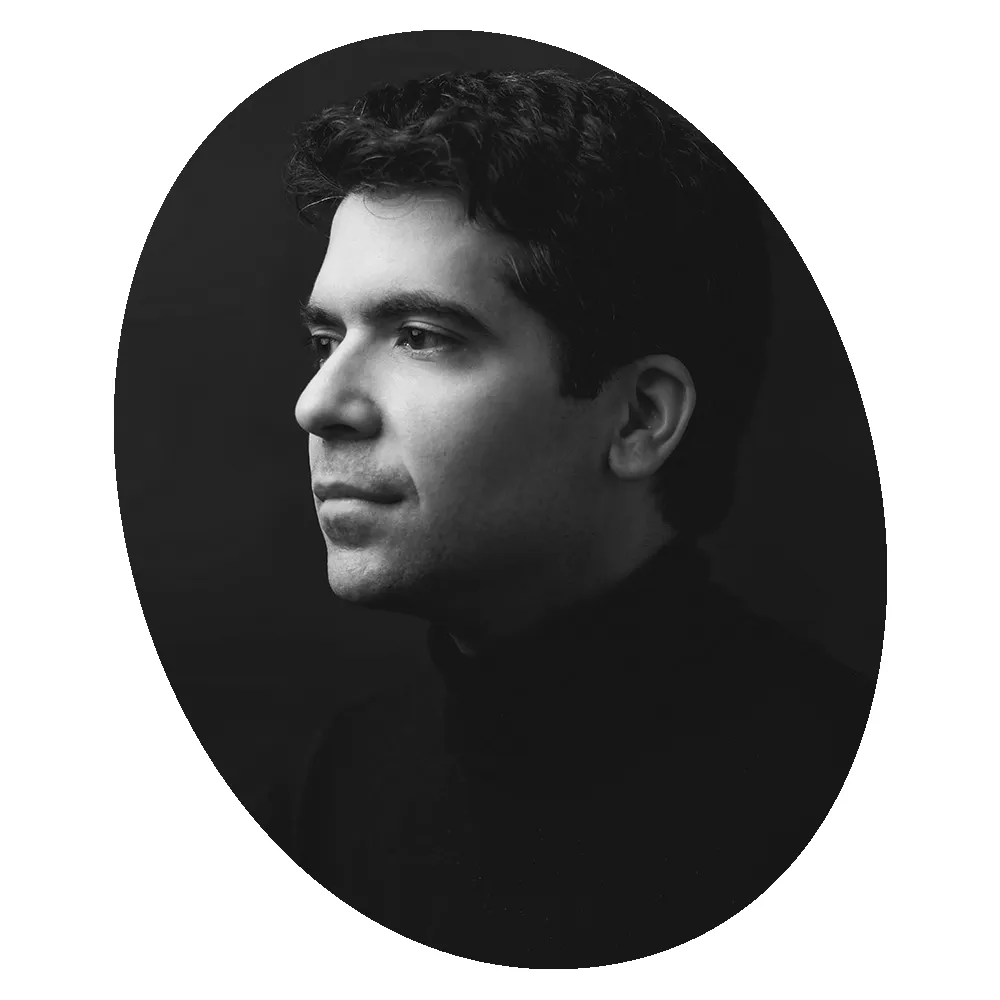There have been musical works that could be considered neoclassical in many different periods, but the concept is especially useful when referring to certain composers of the nineteenth century and, above all, the twentieth — that is, the times when the composer’s historical awareness played a more decisive role in shaping their musical language.
Leigh and Stravinsky, at a particular point in their creative careers, were composers who adopted structural, instrumental, melodic, or harmonic elements from earlier works, reinterpreting them through a new and personal perspective.
And although the music commonly referred to as “classical” is that of the great composers of the late eighteenth and early nineteenth centuries, the neoclassicists often also chose as reference the works of major Baroque composers.
It is here that the first part of the concert becomes especially significant through the Bach lineage, and more specifically Carl Philipp Emanuel Bach and Johann Christian Bach — two composers who played a crucial role in the transition from the Baroque to the Classical period, decisively influencing figures such as Haydn and Mozart.
In short, this is a concert in which music transforms its own model: the neoclassicists reinterpret the Baroque, while Bach’s sons reinterpret their father’s legacy.





























